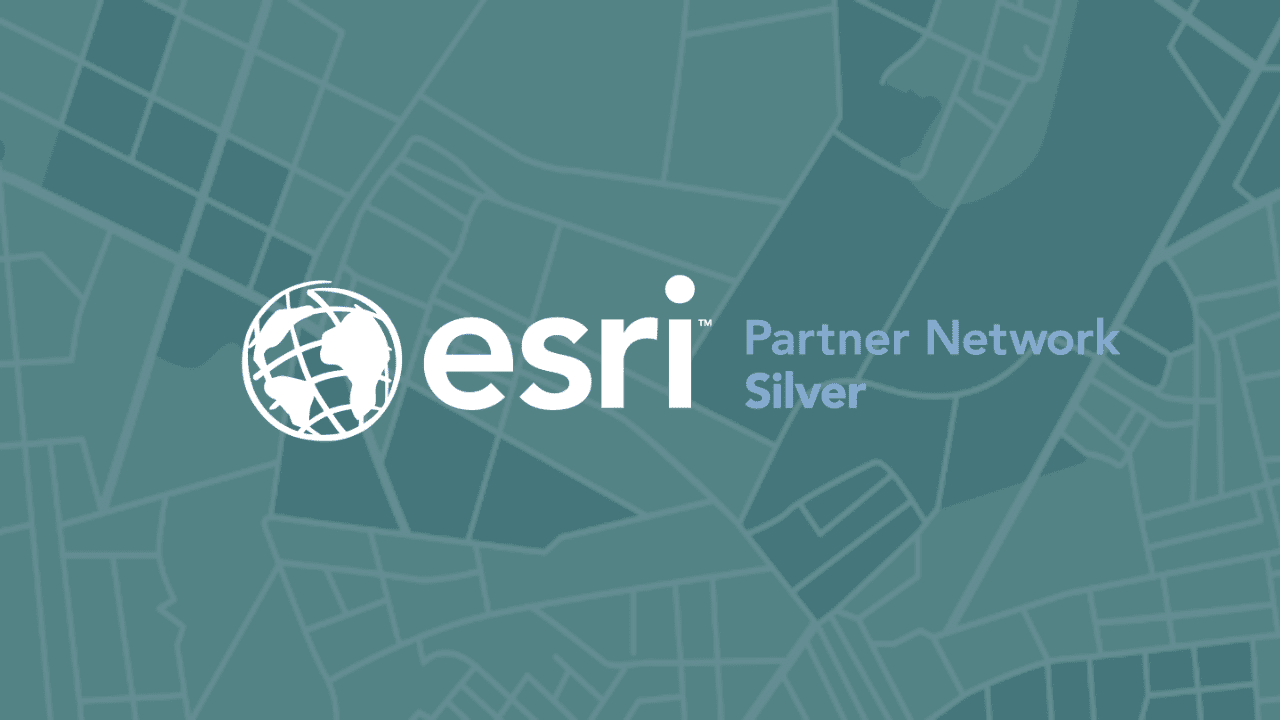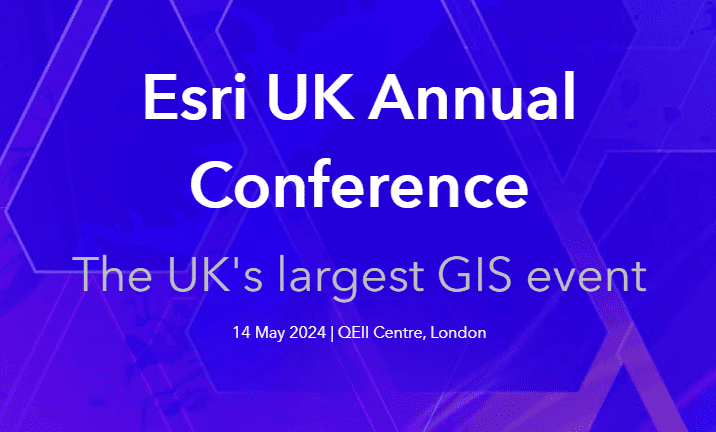Improving Geospatial Data Quality With MGISS Z-Transform

Z-Transform has had a major update and is a tool that extends the capability of the Esri ArcGIS Field Maps app. Raw asset locations can be captured in 3D with ArcGIS Field Maps however Z-Transform removes the complexity of applying a highly technical geoid model by providing live OSGM15 transformations to produce real-time UK mean sea level values.
Z-Transform helps bridge the gap between GIS and Surveying. When paired with high-accuracy plugin GNSS technology Z-Transform is essential for ArcGIS Field Maps to perform real-time survey grade 3D asset capture.
What Is Geospatial Data?
Geospatial data is information that can describe objects, events, or other features with a location on or near Earth. This data typically combines location information and the attribute information with temporal information.
Geospatial data will usually involve large sets of spatial data from many different sources like census data, satellite imagery, weather data, drawn images, cell phone data, and even social media data. Geospatial information systems will specifically relate to the physical map of data within a visual representation.
Ersi ArcGIS Field Maps
ArcGIS Field Maps is an app that uses data-driven maps that helps mobile workers collect data, edit, find assets and information, and report real-time locations. With ArcGIS Field Maps, you are able to streamline field workflow by replacing paper processes and extremely specific tools by using one single app that can be fit for your field workforce.
Preconfigured field maps are at your fieldworkers’ fingertips for them to easily complete their tasks. You can have 24/7 access to your organisation’s ArcGIS maps on their mobile devices, have location awareness of all your field personnel, and it is an intuitive app that doesn’t require much training to understand how to use it.
Key Features of Z-Transform
- Provides accurate UK elevation down to the centimetre, in real-time
- Supports one of the leading asset capture apps worldwide – ArcGIS Field Maps
- Geometries are accurately adjusted using the OS-supplied transformation
- Storage of transformed coordinates and metadata
- Installed as an Add-in for ArcGIS Pro
- Supports scheduling for near real-time processing
- Logging and configuration stored using cloud services
User Interface
With a newer interface, Z-Transform runs as a plugin and can be added to other ArcGIS Pro software, rather than being run as a standalone program meaning other app developers can easily add this to their operating system. Z-Transform also has increased security by tapping into ArcGIS Pro and enables authorisation through your account on ArcGIS Online, meaning you can get started immediately.
Z-Transform no longer uses a Graphical User Interface (GUI) and is made accessible by using ArcGIS directly, allowing more familiarity to native users. This also offers tooltips and dialogue that aid unfamiliar or new users in navigating easily. Logs and other information are able to be read without logging on remotely or through a virtual machine that runs ArcGIS Pro.
Z-Transform Offers Quality Geospatial Data
Z-Transform improves the height and positional accuracy for ArcGIS Field Maps users. Because it is integrated with the ArcGIS Pro Platform, you have more stable, secure, and accessible software. We have expanded to watch multiple feature layers in ArcGIS Online, and you are able to schedule how often the hosted feature layers are observed rather than running in a continuous loop. With all the new improvements to this system, we can confidently say you will have quality and accurate geospatial data available.
At MGISS, we work to transform our client’s businesses and the lives they impact using geospatial software and intuitive mobile apps in combination with satellite positioning and data services.
Contact us today to speak to one of our GIS consultants to find solutions that will help streamline your operations and keep your business running smoothly.
About
Starting as a university cadet in the Royal Navy, Gareth pursued his passion for engineering, navigation and sailing working as a marine engineer and marine solicitor after graduation. Before joining MGISS, Gareth returned to university to study for an MSc in Geospatial Information Science, which led to researching Building Information Modelling and Geographic Information Systems (BIM/GIS) interoperability as part of a PhD.



